Over fifty people showed their concern for the state of the waters of our bay when they turned out for the launch of the Doubtless Bay Care for Our Catchment programme on November 6.
The launch was at a hui held at the Taipa School Whare and attracted a cross-section of the community, all of whom showed a keen interest in learning more about the sources of the pollution and erosion that effect the water in the streams, lakes and estuaries of this catchment area.
The Catchment Programme is an initiative of the Far North Environment Centre (FNEC) which has received funding from the Ministry for the Environment’s Sustainable Management Fund to develop a community led Catchment Plan over the next three years. With residents and Marae representatives from throughout the catchment area in attendance, the hui signaled a positive start to the process of engagement whereby landholders, hapu, community groups, local government and concerned citizens will work together to identify the issues and form an action plan to address them.
Much ground was covered at the initial hui as participants explored the issues and learnt about some of the tools that can be used to assess and remedy the problems of water pollution. Environment Centre coordinator, Richard Robbins, stressed that although the aim of the project is to develop a plan, it would fall short of expectations if that plan was simply filed to gather dust. What is needed is tangible action on the ground. The Environment Centre has already started a programme of water testing at sites spanning the catchment from headwaters to estuaries with Taipa based Enviro-Lab analysing the samples, but a more comprehensive picture can be built if residents make use of testing kits that the Centre can make available to them. While it is easy to point the finger at specific activities that appear to impact on water quality, whether they are farming related, infrastructure such as roading or sewage, or commercial operations such as quarries, the problems can be more efficiently addressed if hard data is available such as information on water quality upstream and downstream of those activities.
Both Richard and Andreus Kurmann from EnviroLab emphasised that there are two core issues: what goes into the environment and the health of that receiving environment. For instance, some farming practices inevitably generates nutrients such as nitrates and phosphates which can overload waterways, reducing the oxygen content of the water which then loses its ability to support aquatic life. However, healthy soil – with good structure and adequate organic content – will bind those nutrients more firmly so that they are less available to leach into both ground and surface water. Similarly, ungrazed buffer zones along the margins of streams and lakes allow the undisturbed vegetation to absorb nutrients and slow the surface run-off of sediment so that water flowing into those waterways is cleaner.
At the hui attendees divided into four groups to look at specific areas of concern.
The group that looked at issue identification established that processes are available through the Regional Council to follow up non-compliance with resource consents. Peter Weissing from NRC assured attendees that a robust course of action would follow any notification of illegal discharges to water. The NRC's Environmental Emergency Hotline (0800 504 639) is available 24/7. Council help is also available for fencing and planting streamsides and many farmers have already done a huge amount of work in this area.
Groups looking at run-off and monitoring identified information gathering and education as a key tools. With residents from Kenana, Honeymoon Valley, Te Ahua and many points in between in attendance, the framework now exists for the community to start monitoring the water and raising awareness of remedial action that can be taken in their own neighbourhood.
Enthusiasm was evident amongst the planting group to get active and start propagating native species for riparian planting. Identifying a highly visible site for a community nursery was identified as a priority.
Kenana resident, Tiger, spoke for many when he expressed the reasons for a sense of urgency in getting this action underway. “When we were young we would go fishing and diving: the moana was our pataka (foodstore). Now there is not much there. If that’s the state of it now, how will it be for the future? We need to protect the resources for the future. If we are just doing it for ourselves we are going nowhere. We need to do it for the common good and for the children of the future.”
An immediate sequel to the Friday hui was a water quality monitoring workshop the following morning.
All age groups, from grandparents to schoolchildren, were represented at the workshop where Andreus demystified the processes for testing nutrient levels in water and outlined the effects of those pollutants. Although the sample used to demonstrate the process (water from the Coopers Beach Creek) was grossly overloaded with nitrates and ammonia, Andreus emphasised that the problems of polluted water can be solved.
With community working together, we could make a real difference within a few years and ensure the sustainability of the Doubtless Bay Catchment and the sea that is so central to our lives.
For more information on the Catchment Programme, contact Richard on 09 408 1086 or H2O@ecocentre.co.nz or visit the Environment Centre website www.ecocentre.co.nz

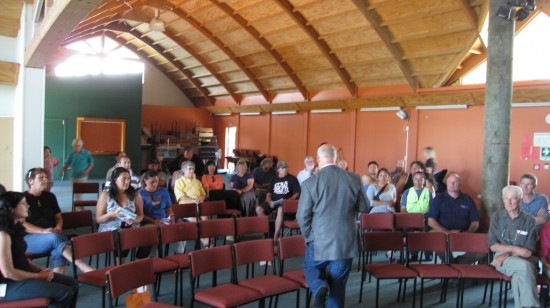
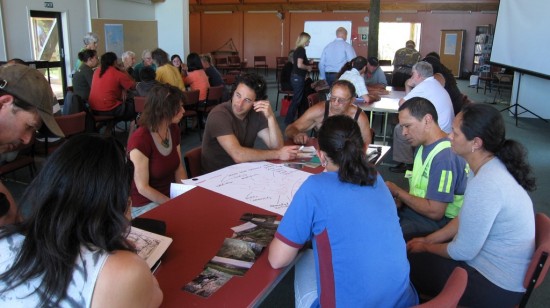
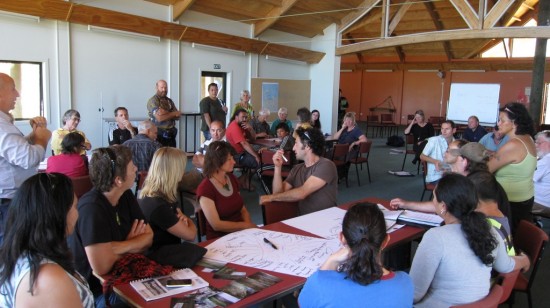
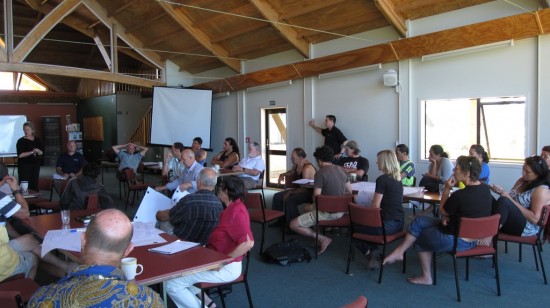
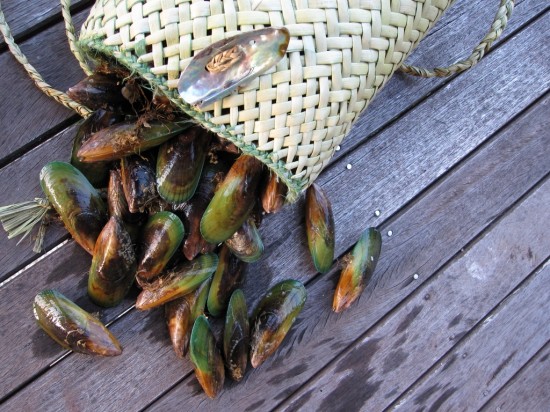

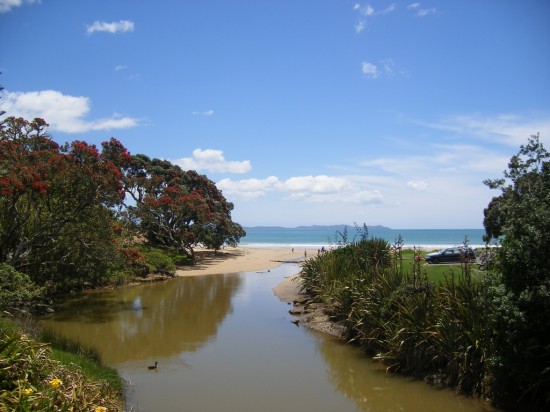
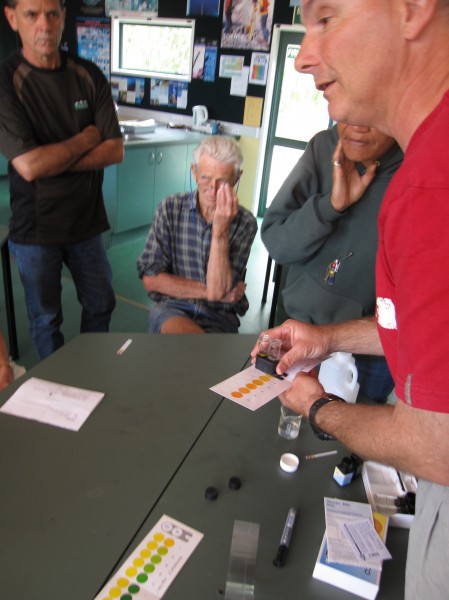
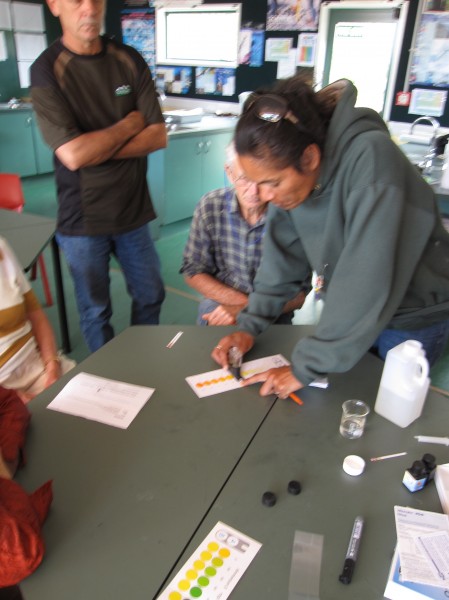

Comments
Instructor led live virtual MCITP training course - To save your quality time and reap the benefits of Internet, this methodology gives you an added advantage to get yourself IT trained in easy steps.[url= Certification[/url]